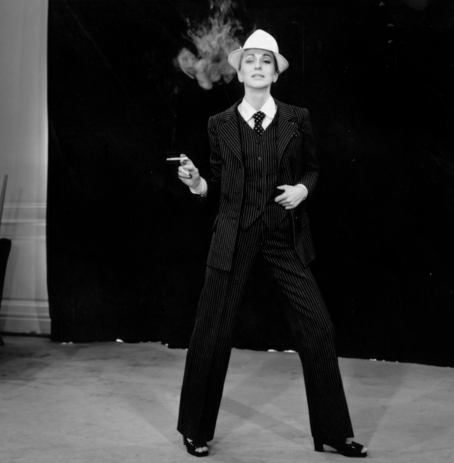Plumes of Smoke


In the 17th century, when silk was widely traded along the Silk Road, the delicate material originating from China was adored by the European upper classes as a luxurious fabric for clothing. Men, in particular, wanted to be depicted in paintings wearing a silk robe-de-chambre or a long banyan gown as a symbol of their status and wealth.
Tobacco was popular, too; it was brought to Europe primarily from the Americas. Though its use was extensively regulated during the era, smoking was still considered a fashionable act for men.
In England, George Latimer Apperson's 1914 book The Social History of Smoking satirically lists "taking tobacco with a grace" as one of the accomplishments of "a complete, well-qualified gentleman".
Enter the smoking jacket, designed to protect the proper gentleman's attire from odors or stains. The dual notions of luxury and comfort made silk and velvet ideal for fabrics; other wool-blended fabrics such as cashmere, merino and plush were also commonly used. Donning this jacket after dinner, men would retreat to the garden or the smoking room with their pipe or a cigar in hand.

In 1926, British businessman Lou Rose designed men's nightwear garments using fine fabrics, creating a more relaxed version of the smoking jacket; the brand is still active today and is now named for Derek Rose, Lou's son. In the US, smoking jackets became a popular item for outerwear among celebrities, from Cary Grant and Frank Sinatra to Katharine Hepburn; the acclaimed actress wore a structured velvet smoking jacket with silk shawl lapels and an adorned belt in the 1942 film Woman of the Year. Other famous figures to wear the style included Playboy magazine creator Hugh Hefner-and Fred Astaire, the legendary Hollywood musical dancer and singer, was allegedly buried in his favorite smoking jacket.

In 1966, Yves Saint Laurent created the famous tuxedo-style suit for women, Le Smoking, as part of his autumn/winter Pop Art collection. Aside from playing with traditional gender roles, it was also controversial at the time because of its sexual implications-relying not on exposure of bare skin, but a more subtle, smoldering look. The collar and shoulder line were adjusted to be more feminine, the curve was emphasized with a narrow waistline and the perfectly cut trousers helped give women's legs an elongated appearance.
Today, Le Smoking, or any piece resembling it, has become a staple in many women's wardrobes, just like the little black dress. For men, the smoking jacket has stepped out of smoky rooms into a variety of occasions, from black-tie affairs to fashion soirees.




































